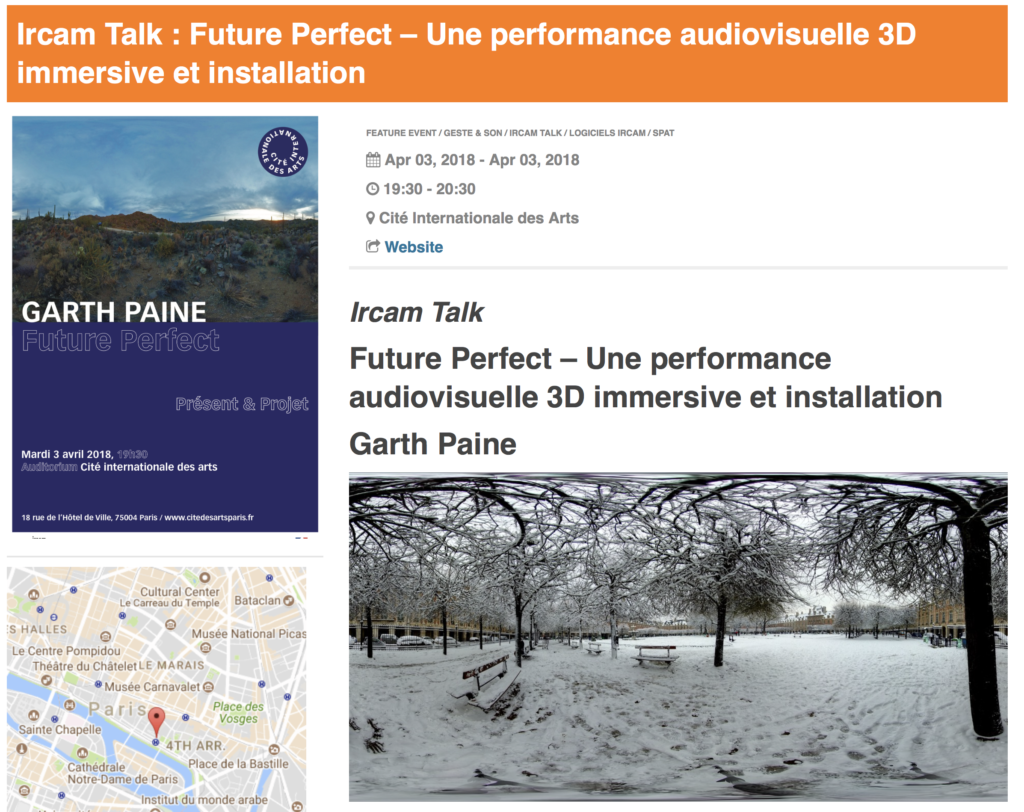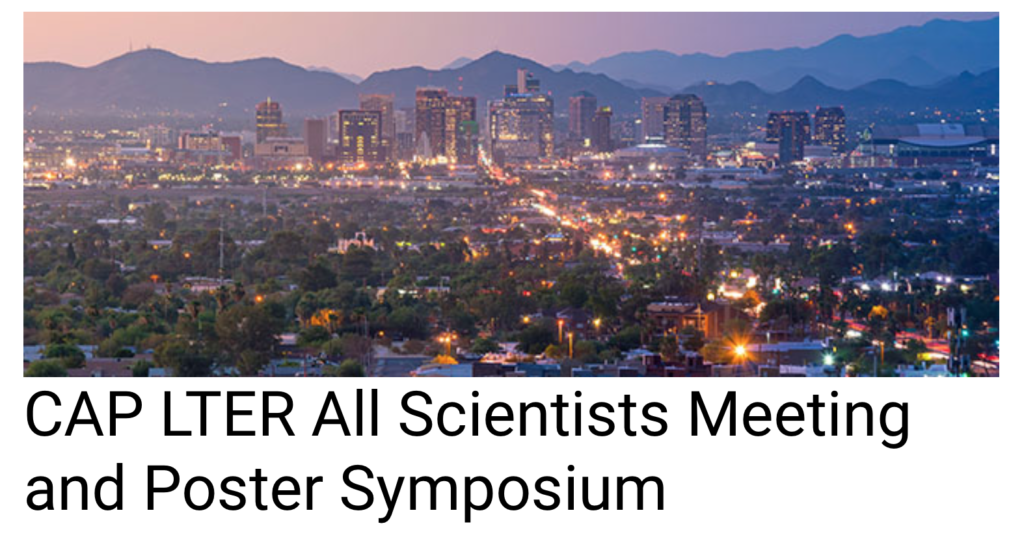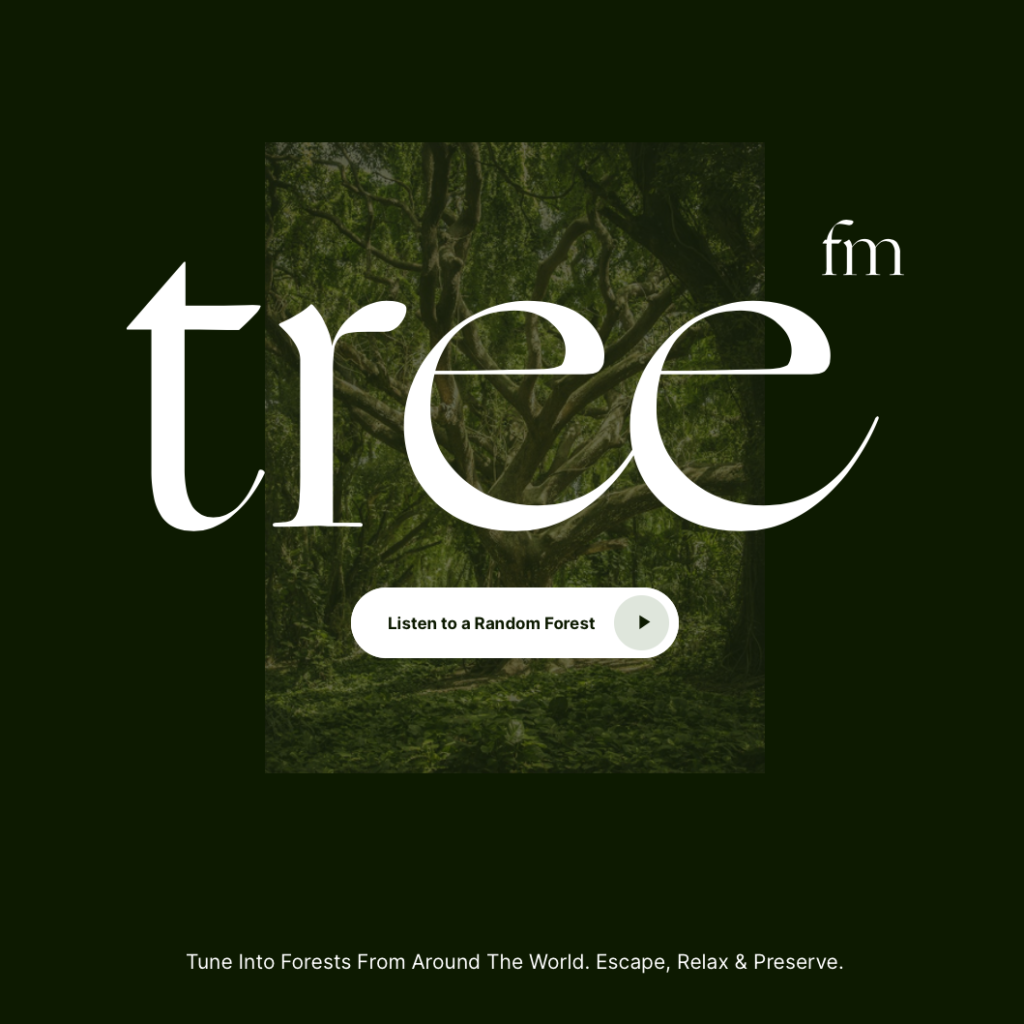
I highly recommend listening to the world through tree.fm a collaborative project engaging community members through Sound of the Forrest

I highly recommend listening to the world through tree.fm a collaborative project engaging community members through Sound of the Forrest
In February the Catalyst program featured the work of the Acoustic Ecology Lab
You can find some more information here on Sustainability News
In February the Catalyst program featured the work of the Acoustic Ecology Lab PBS Catalyst TV program
You can find some more information here on Sustainability News
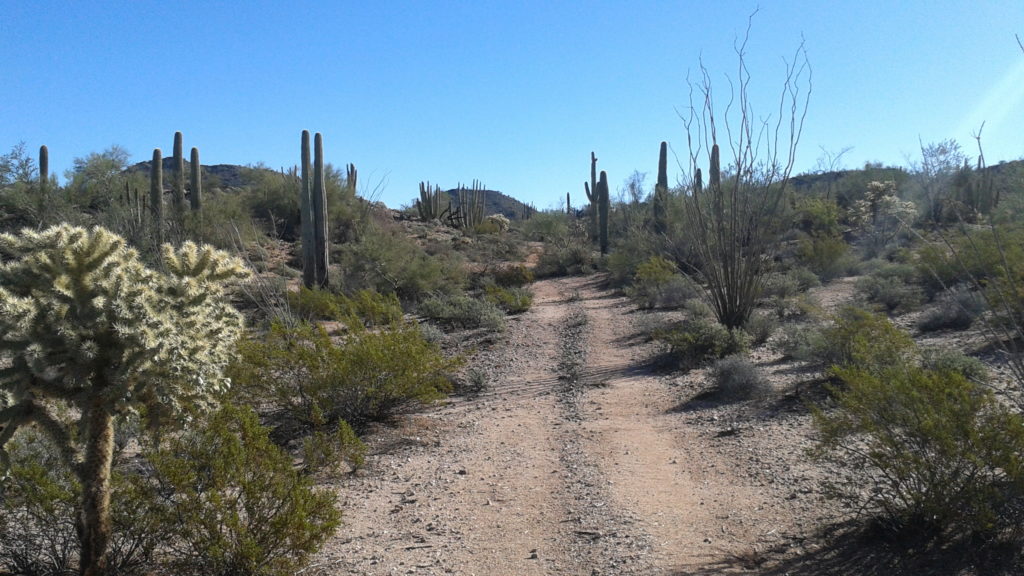
“From Psychoacoustics to citizen science: Acoustic Ecology 2.0”
October 25, 3-4PM
Presenters:
Sabine Feisst, ASU School of Music, Acoustic Ecology Lab Co-Director
Garth Paine, ASU School of Arts Media and Engineering, Acoustic Ecology Lab Co-Director
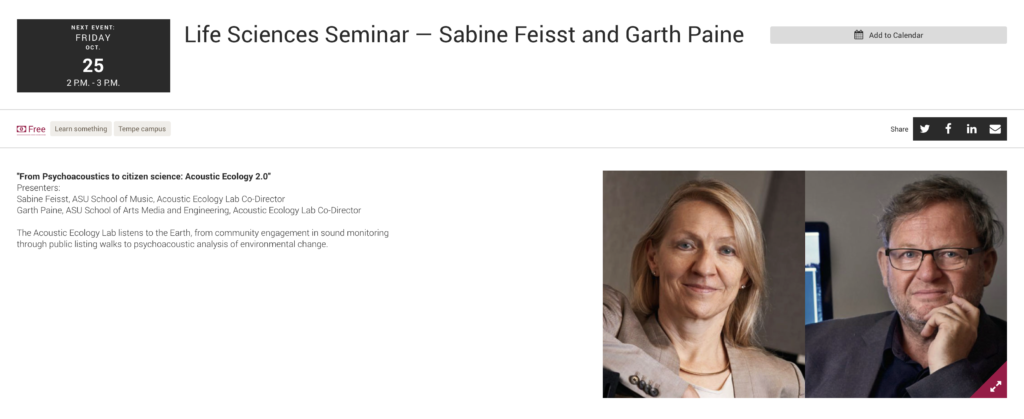
The Acoustic Ecology Lab listens to the Earth, from community engagement in sound monitoring through public listing walks to psychoacoustic analysis of environmental change.
Its free, more info here
Garth Paine has been working with colleagues at IRCAM developing a music performance system that moves the audience from spectator to part of the ecosystem of the work. His first major work Future Perfect was premiered at ZKM in Germany – above is a short doc on the project
Hearing loss in adults and children is a widespread and growing problem around the world and has a negative impact on communication abilities and emotional and psychological health. Blending medical research, artistic practices, sound studies and technological innovation, ASU’s Acoustic Ecology Lab in collaboration with faculty and students from Speech and Hearing Science at ASU’s College of Health Solutions are developing new practices and tools for hearing loss awareness, prevention and rehabilitation to share with both local and global communities.
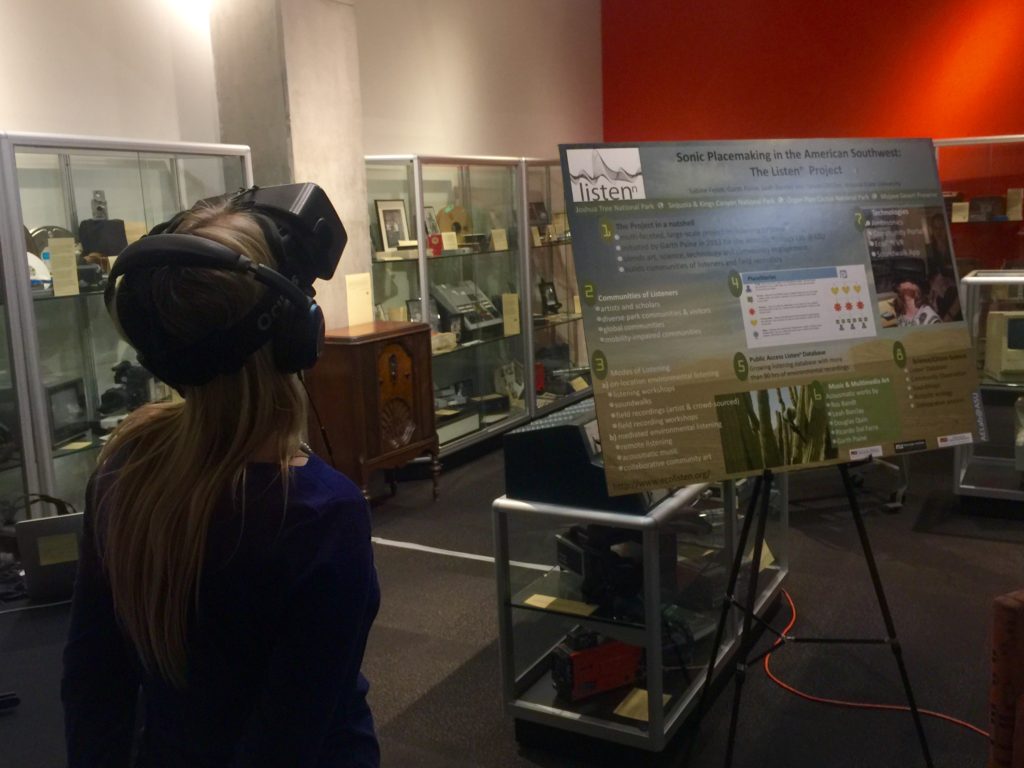
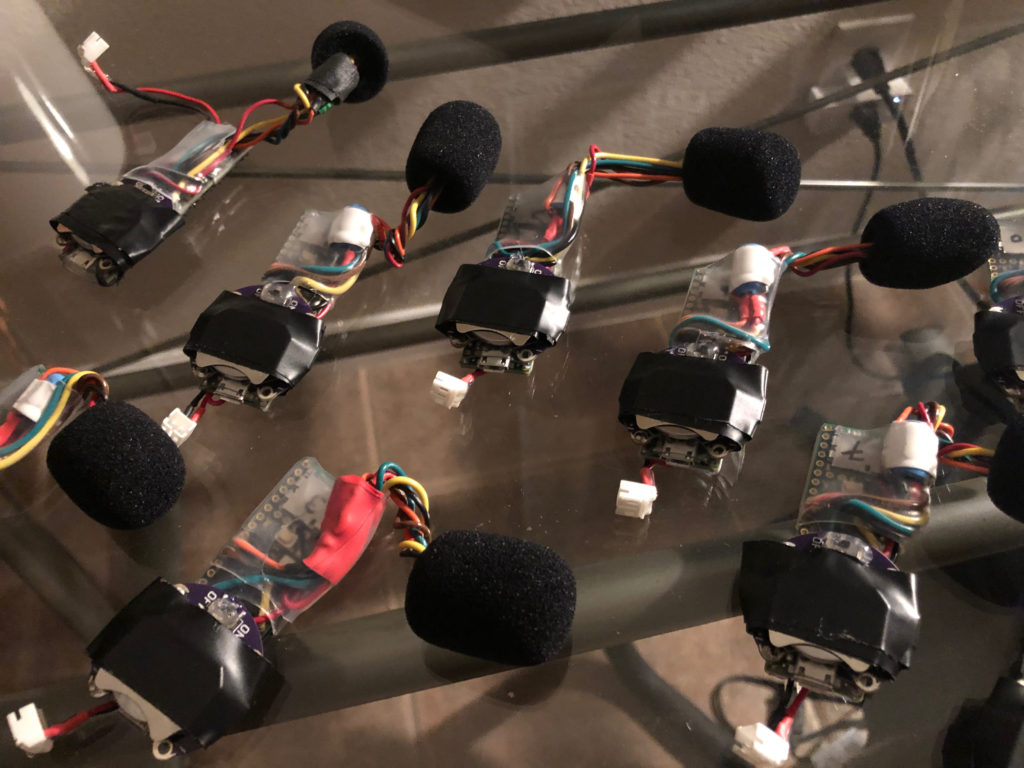
For the last 2 years we have been conducting auditory monitoring in the McDowell Sonoran Preserve in partnership with the McDowell Sonoran Conservancy and the Phoenix Zoo – examining the psychoacoustic impact of traffic passing on the road that bisects the preserve and also counting and analyzing sound from aircraft overhead.
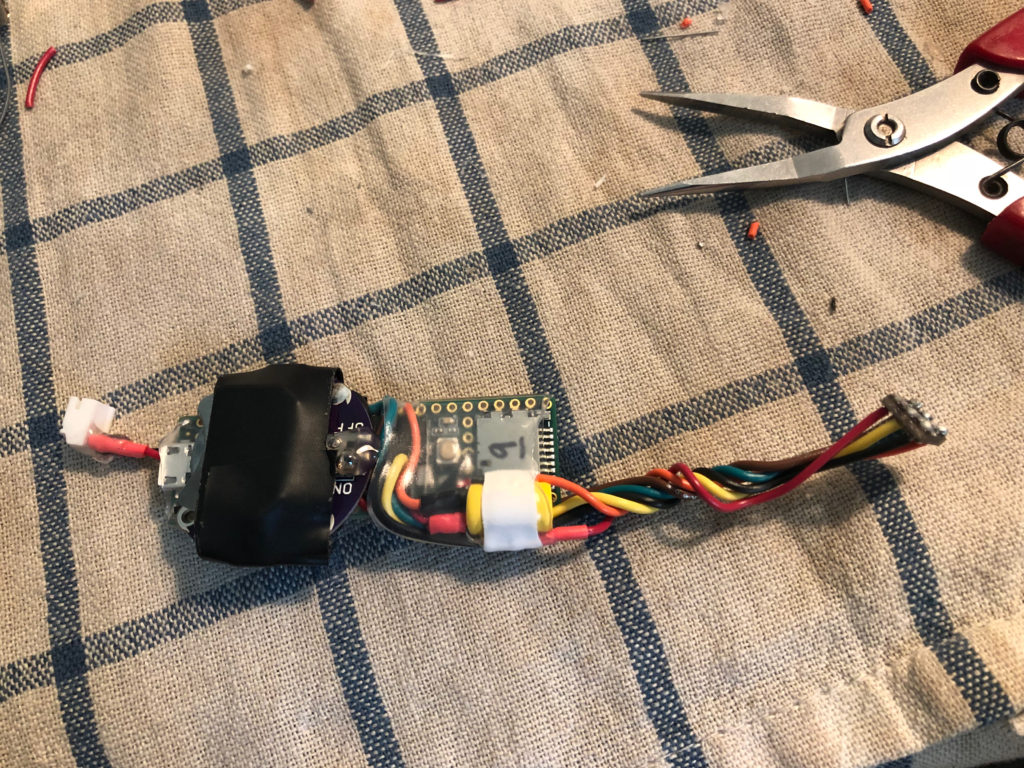
We have also been modeling how sound changes with weather variables and modeling how this might help us measure and predict climate impact (see the Ecosonics project and poster) – we have much more to do in terms of developing a realtime map of how the psychoacoustic parameters dynamically vary across the preserve, but the initial data is very exciting.
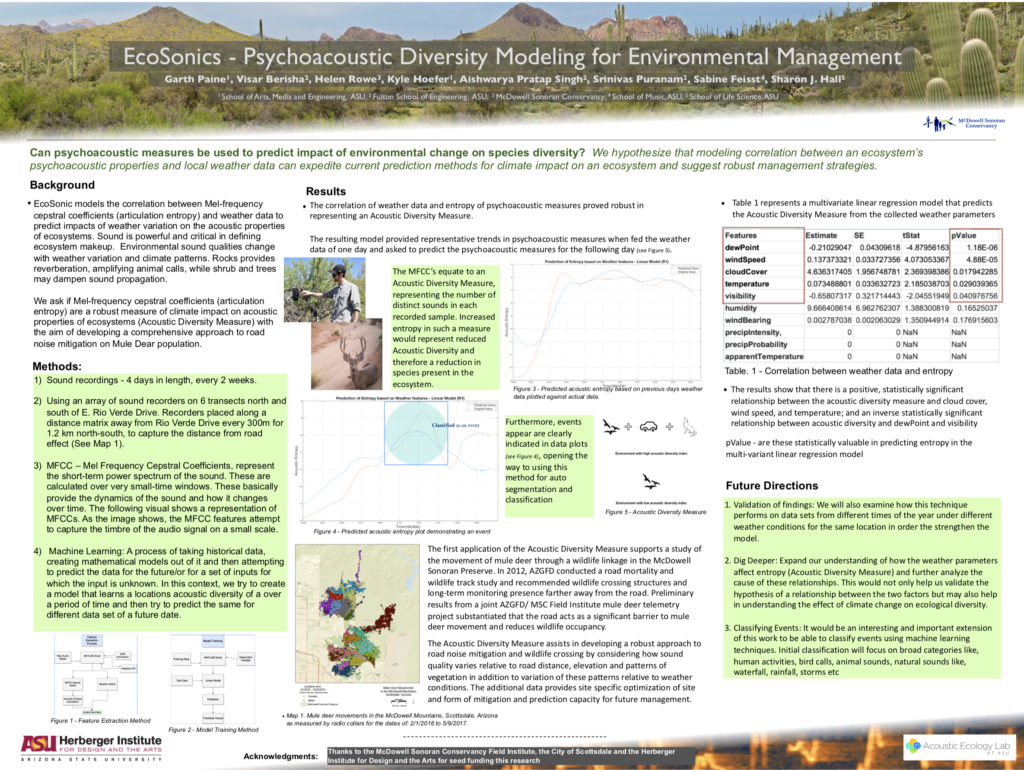
In order to undertake this work (we now have 2 years of recordings from 14 recorders) we built 20 small sound recorders which can be deployed for long periods and take very large SD cards. Here is a link to the GitHub project detailing that recorder with uses a MEMS mic and a Teensy. The design and build instructions are available on GitHub
—
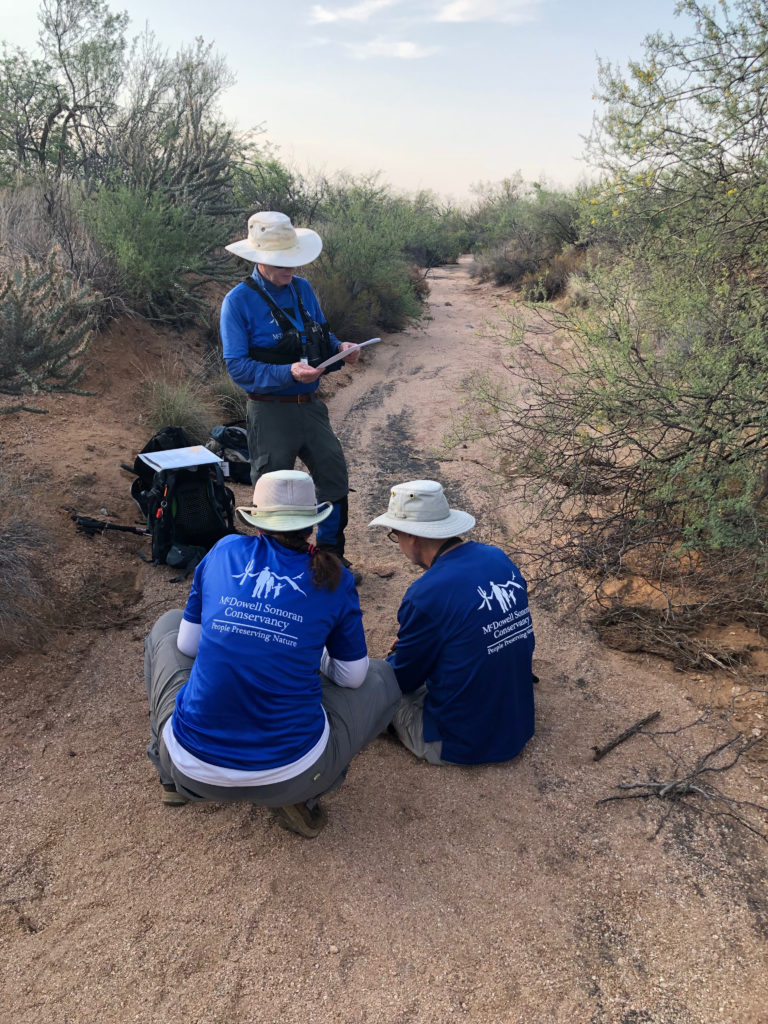
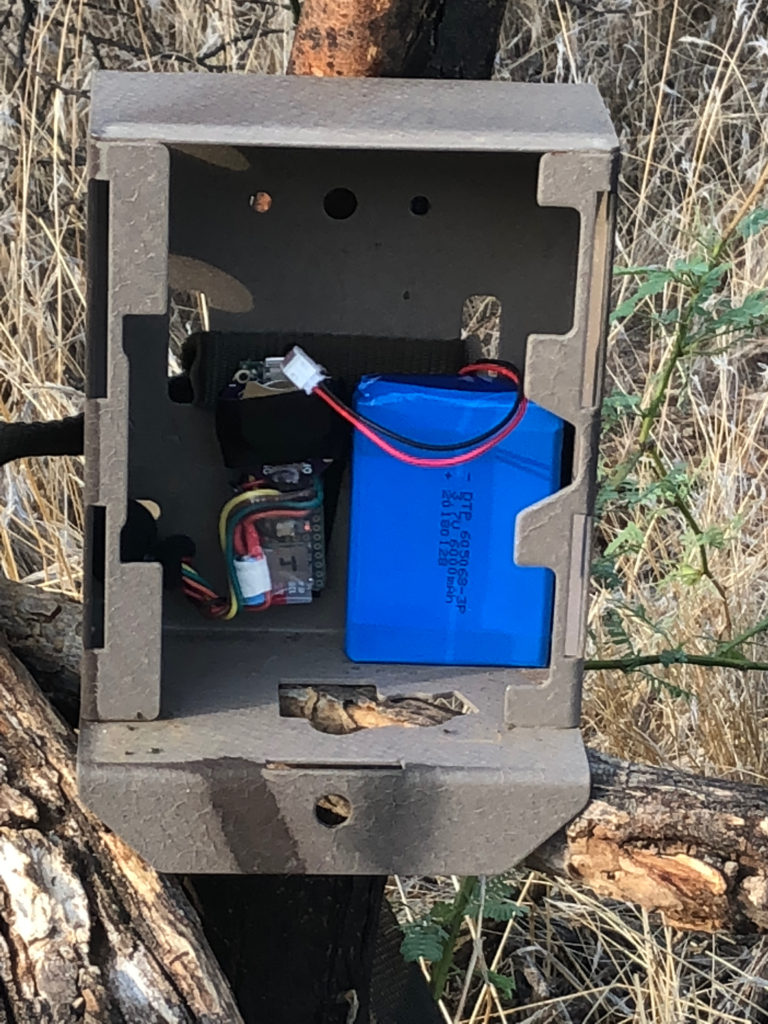
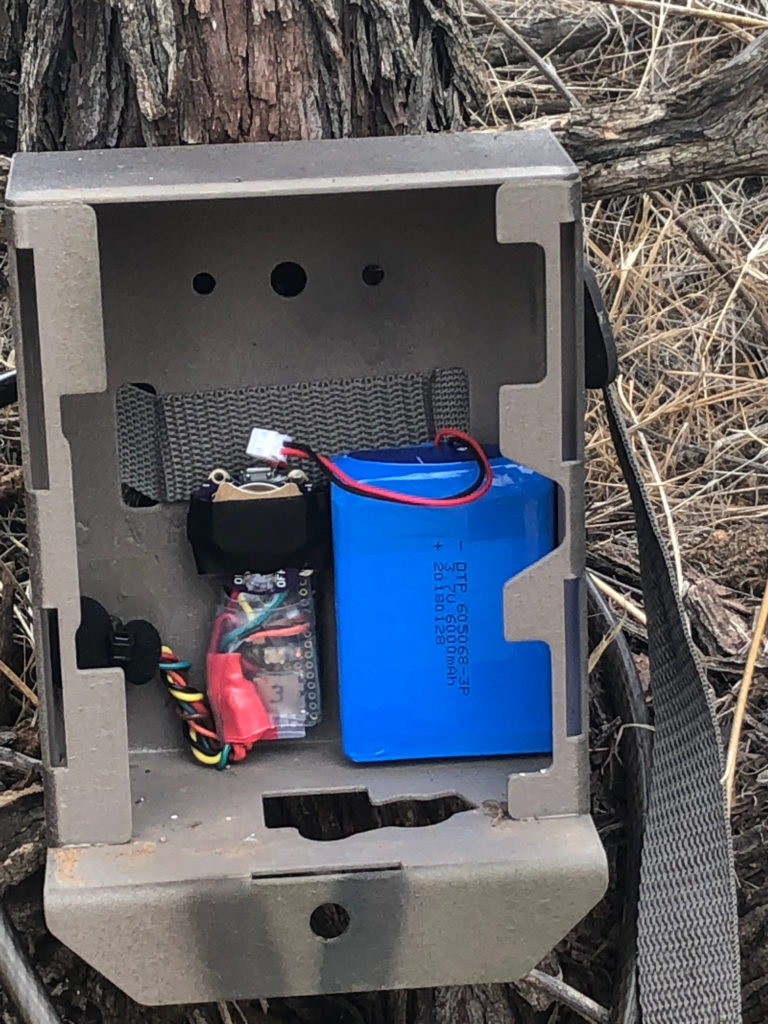

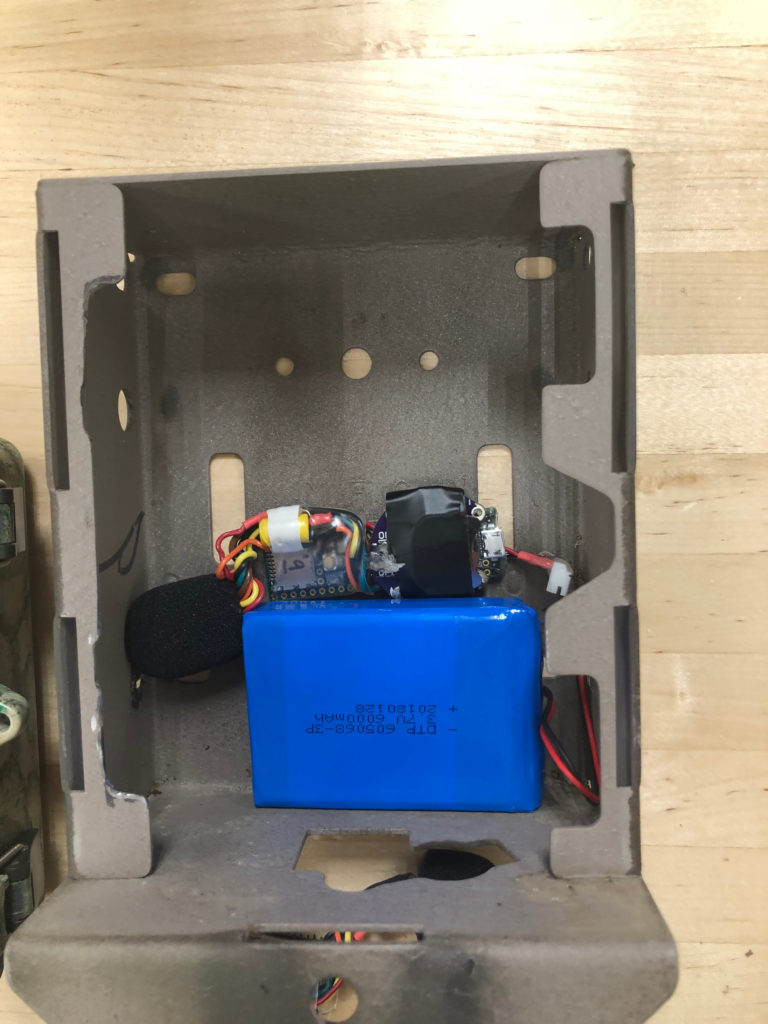

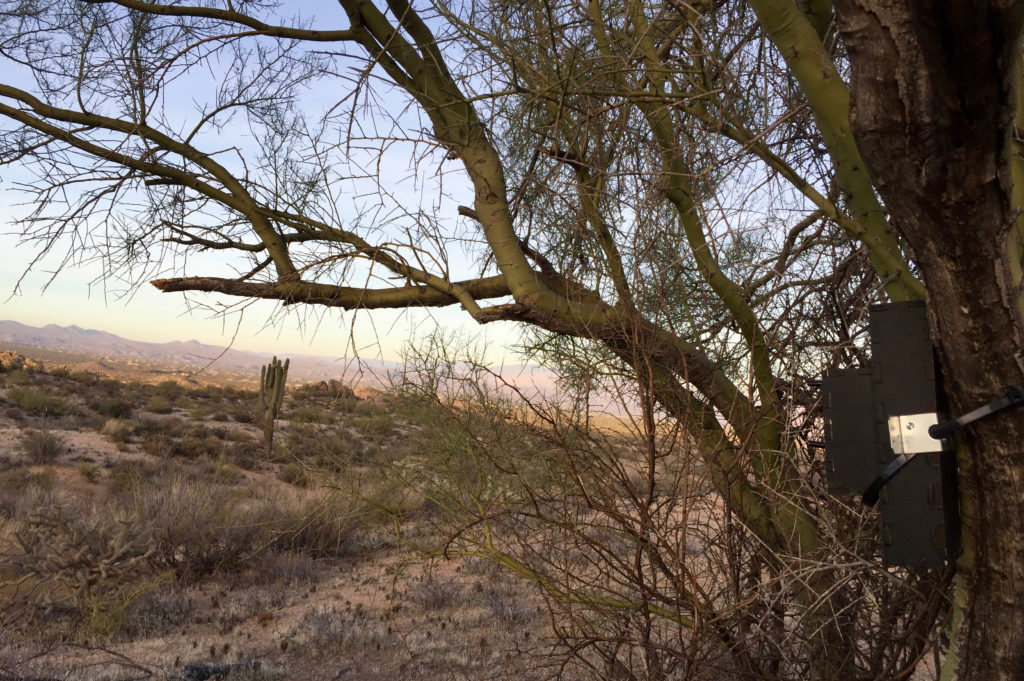
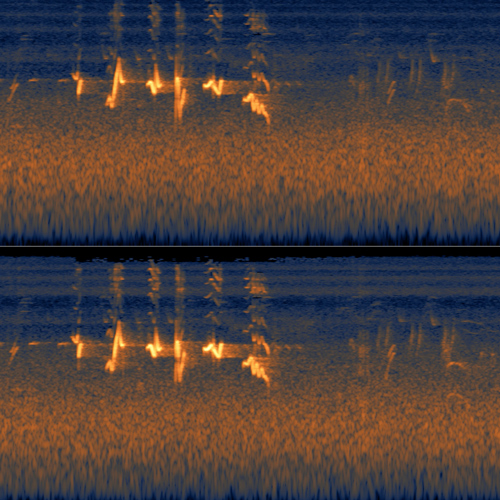
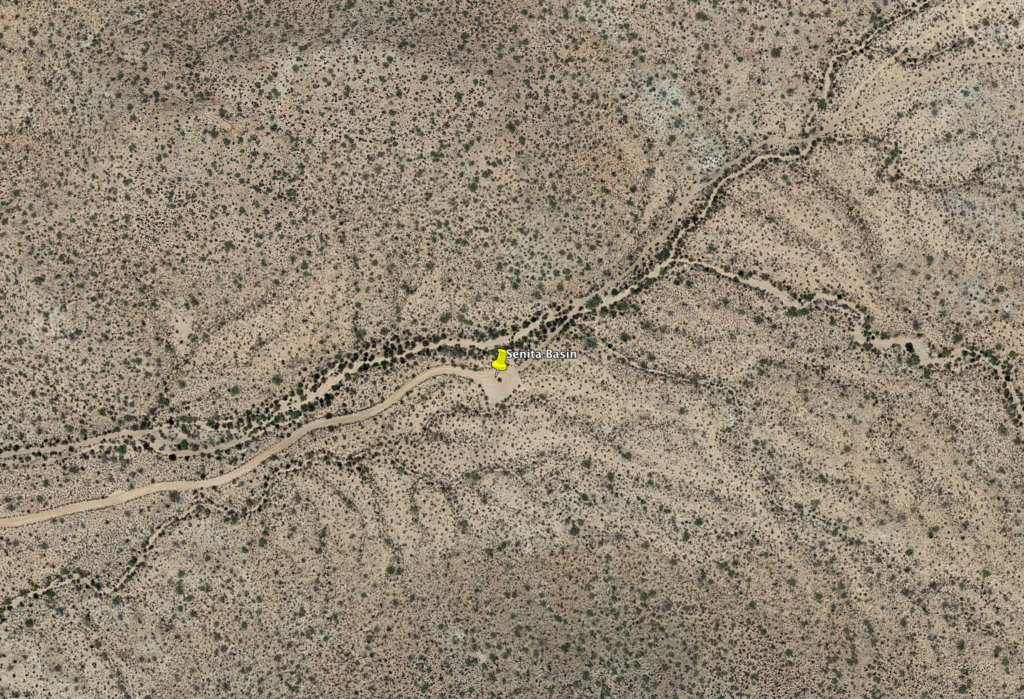
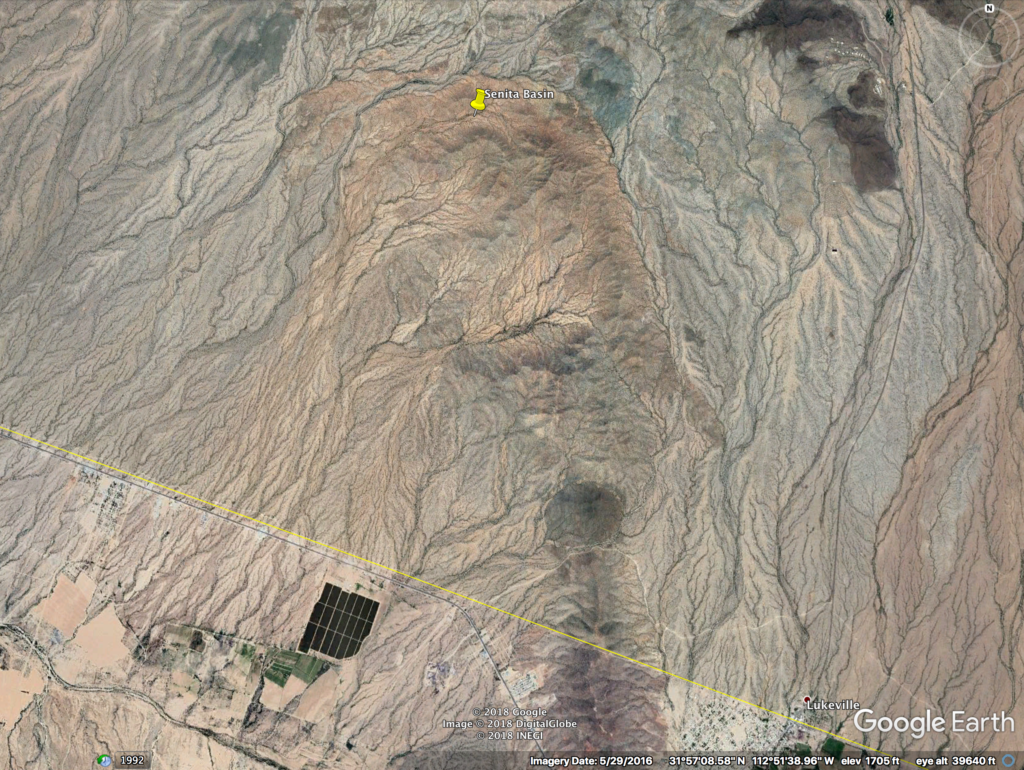
We also 3D printed small cases so we could weather protect the recorders and place them inside a strong metal case associated with a camera trap at the same location. The 14 recorders are placed at 1 mile intervals, 7 miles either side of the road, so we can track changes in the environment across the 14 mile transect.

For more information on the EcoSonics project see Dr. Paine’s article in the Conversation, titled Acoustic Ecology 2.0
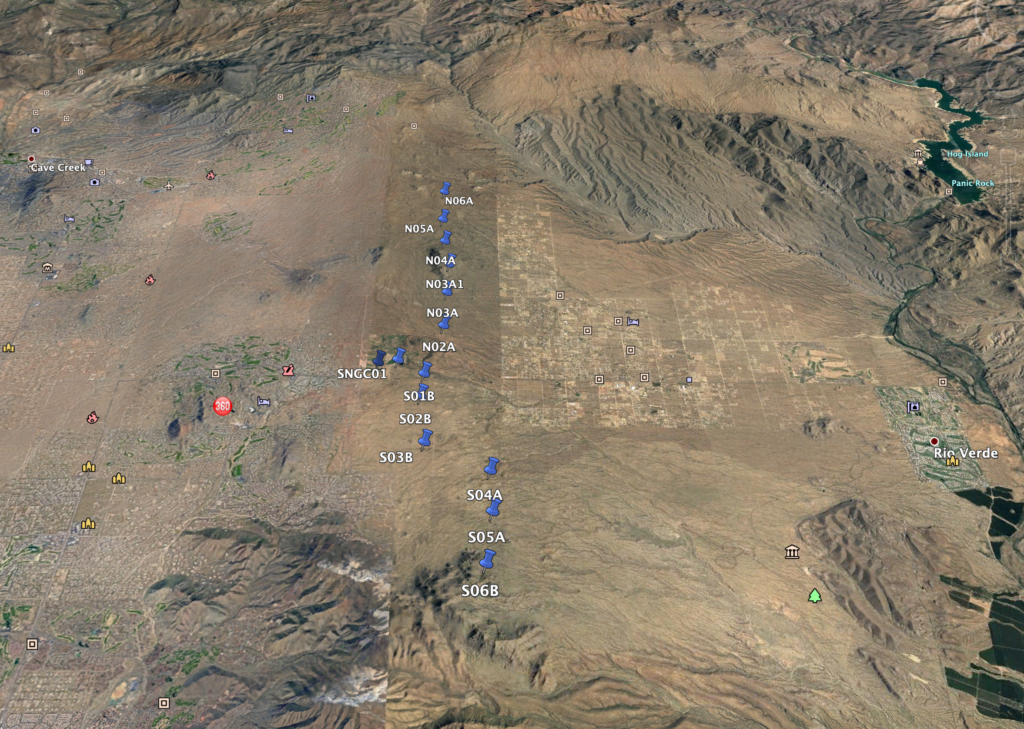
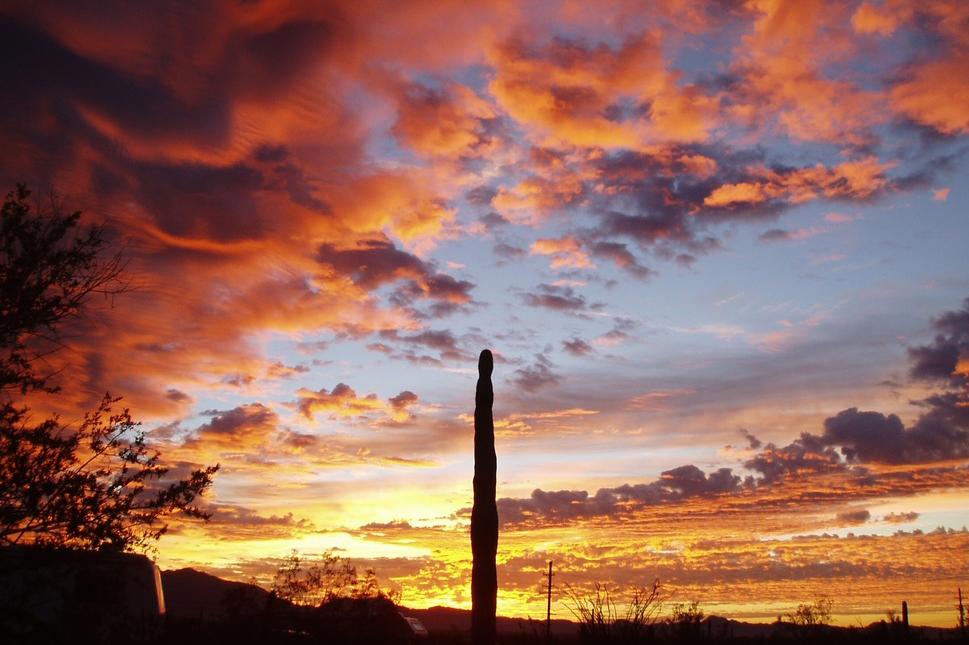

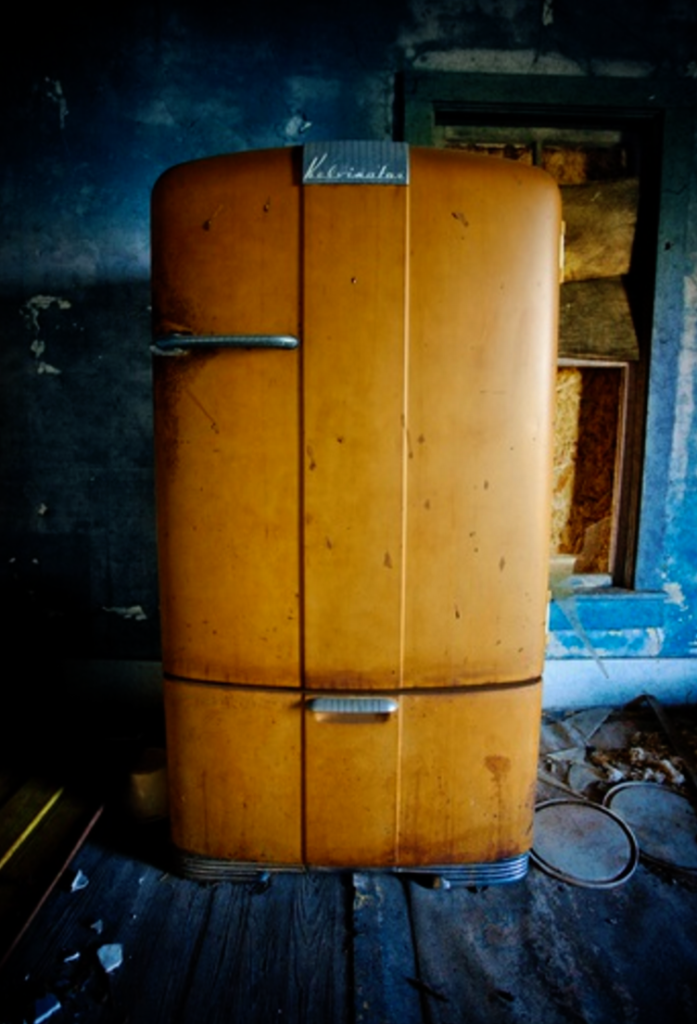
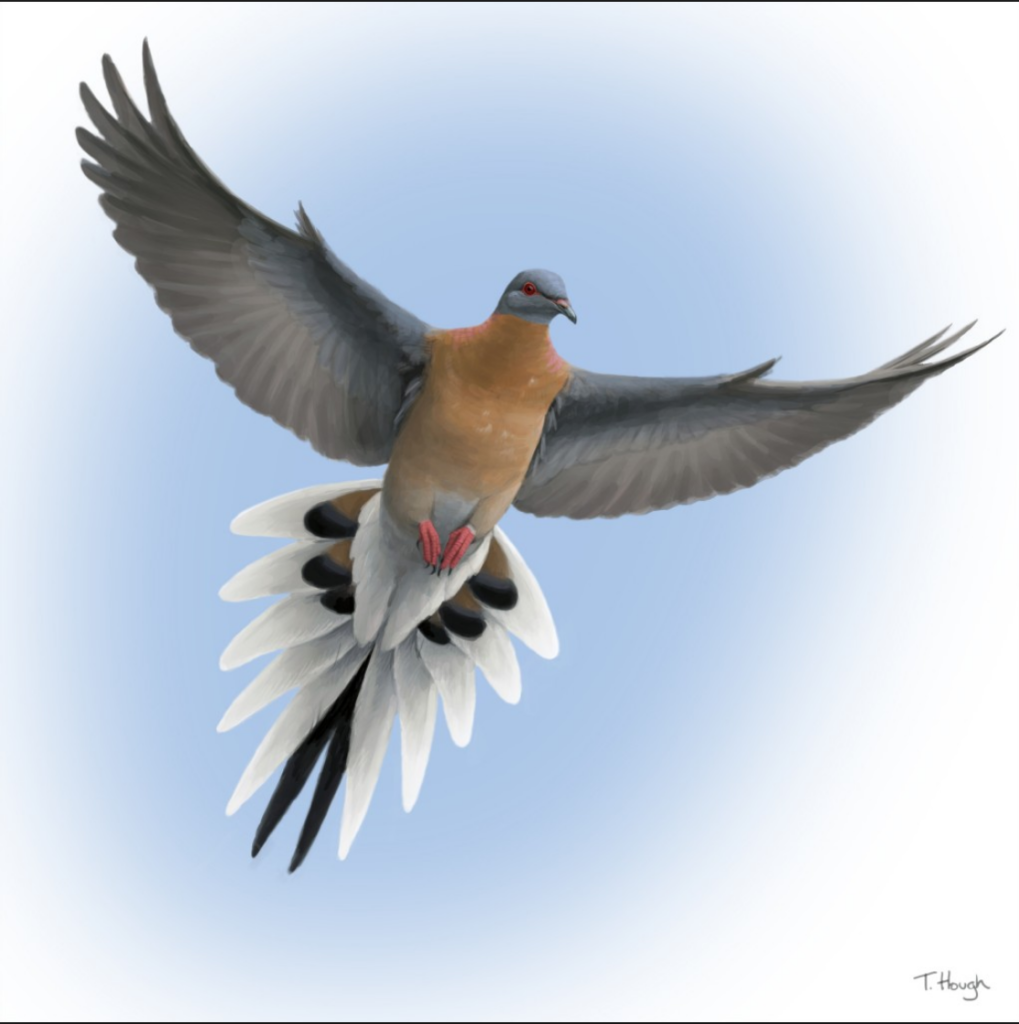
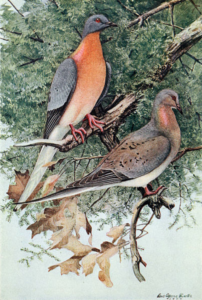
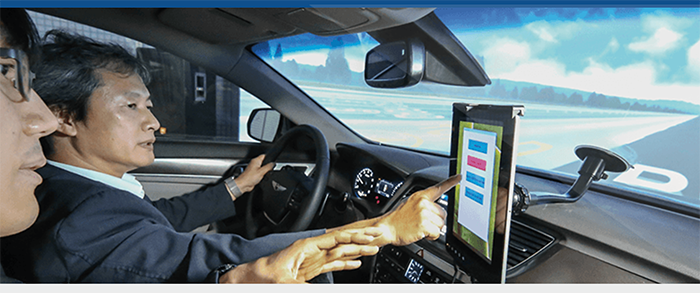 Psychoacoustics has played an important role in automobile design for at least a decade now and this work takes it to another level – just think about those 16+ loudspeakers in your car, they are doing noise cancelling and sound sculpting to present you with an automobile sound that is largely artificial – so now you could dial in your own —
more information here in the B&K Waves Journal
Psychoacoustics has played an important role in automobile design for at least a decade now and this work takes it to another level – just think about those 16+ loudspeakers in your car, they are doing noise cancelling and sound sculpting to present you with an automobile sound that is largely artificial – so now you could dial in your own —
more information here in the B&K Waves Journal 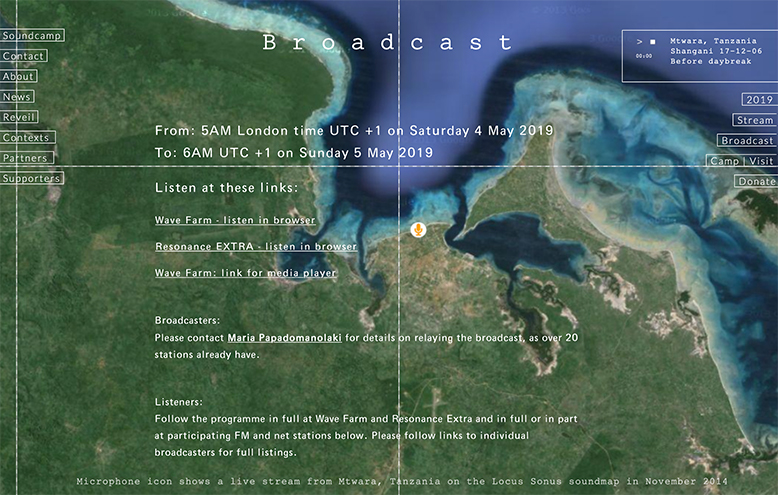
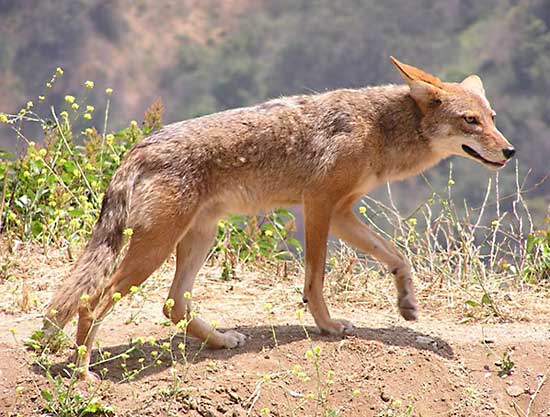

In September 2017 I wrote a short story. I just had this idea of a guy with an old-fashioned tape recorder out in the desert. I did not know what he was doing there, but it turns out he was recording the end-times and that he is not alone.
I read your story yesterday and was really surprised to find that a fictional character with a fictional job turned out to be based on something very real and very interesting.
I too was surprised and so here I share a link to the wonderful story by Herselman Hattingh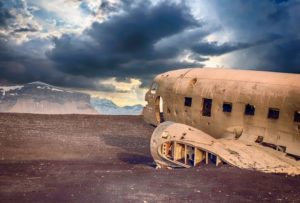
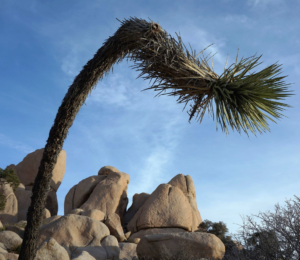

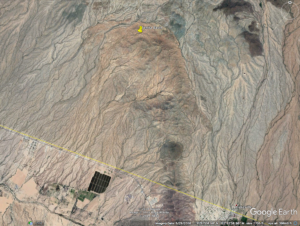
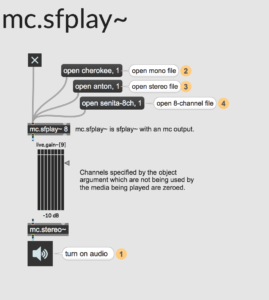
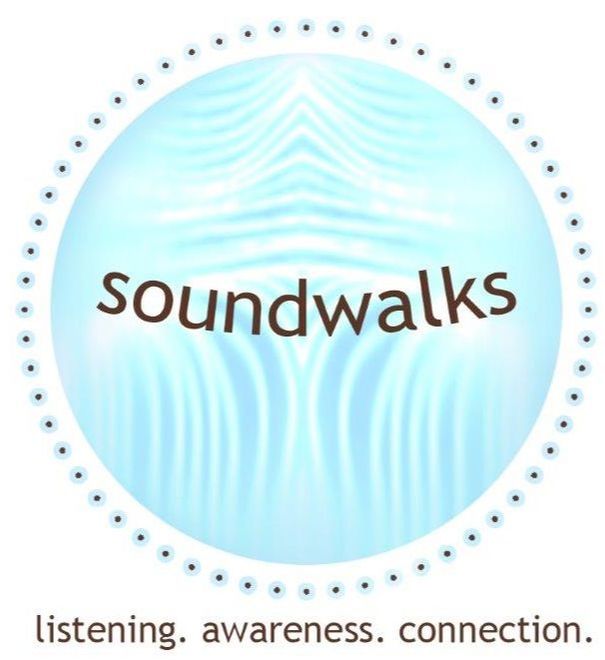
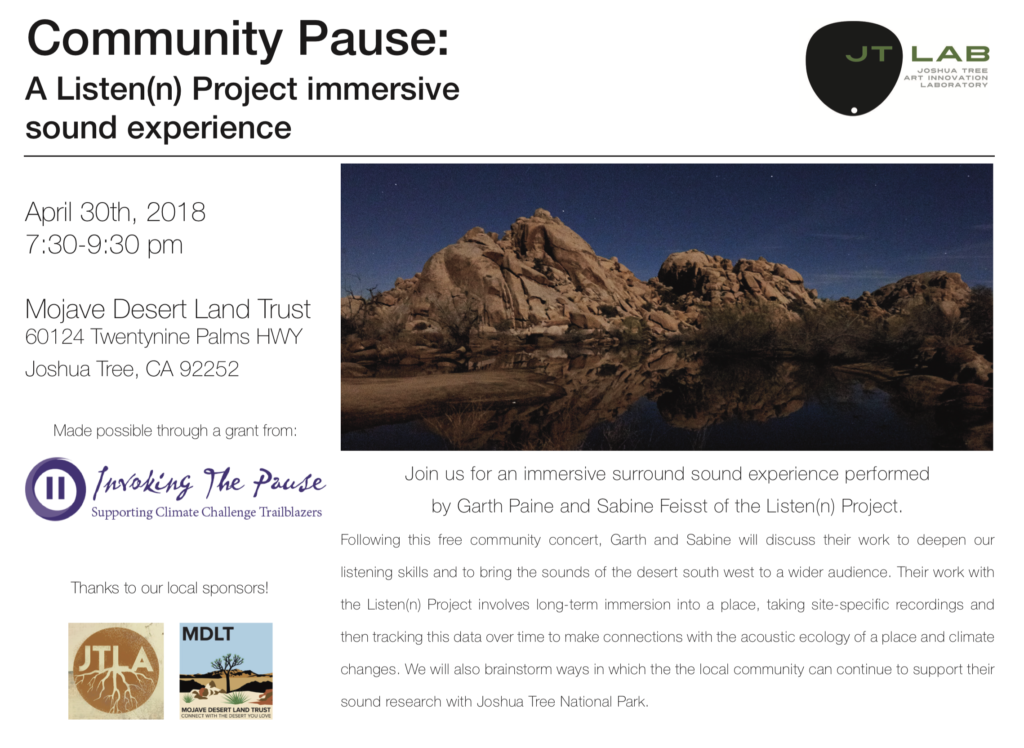 We will be presenting workshops and a concert in Joshua Tree with partners JTLab, Joshua Tree National Park, the Mohave land Trust at the end of April – thanks to the generous funding from Invoking the Pause
Poster here – Community Pause – Invoking the Pause and the Listen Project
We will be presenting workshops and a concert in Joshua Tree with partners JTLab, Joshua Tree National Park, the Mohave land Trust at the end of April – thanks to the generous funding from Invoking the Pause
Poster here – Community Pause – Invoking the Pause and the Listen Project 